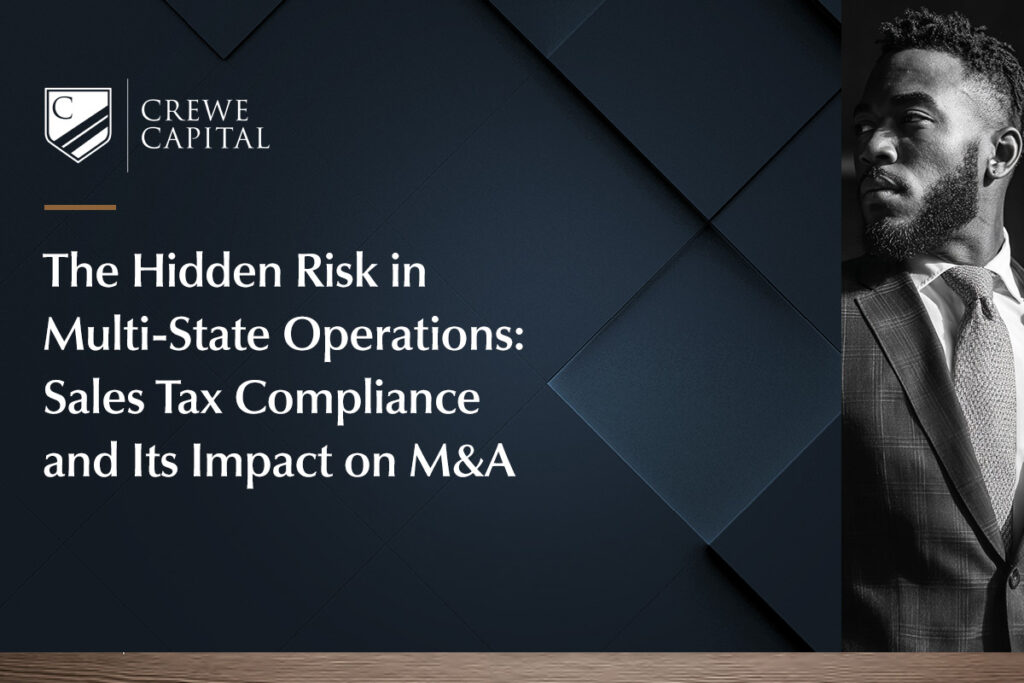M&A has the potential to spur growth for many businesses, but it can be a complicated process and there are many questions that business owners should ask before making a decision. First, you should determine what you are trying to accomplish in order to understand what capital structure is best for you, your stakeholders and your business. There are four main types of exit opportunities, with two related to issuing debt or raising equity and two pertaining to an imminent sale. As detailed below, each option entails potential benefits and risks:
Issuing debt or raising equity
Issuing new debt or conducting an equity raise both provide businesses with new liquidity and can be good options if you aren’t looking for an immediate or near-term sale but might pursue a strategic exit at a later date.- Dividend recap: This method provides an opportunity to issue new debt to pay special dividends and ensures that the owners of the business receive cash while maintaining their stake in the company. With a dividend recap, there is no need to utilize earnings to pay special dividends or pay dividends on a recurring basis. The leverage increase — using debt financing rather than equity — can also provide potential tax benefits. However, more leverage can lead to increased financial distress as well as leave the company more vulnerable if market conditions worsen. Dividend recap is not the best option for maximizing valuation, but the process is one of the quickest. It is also attractive for its low execution risk and “day-one” monetization.
- Growth equity: This option provides new cash through an increase in capital, which can stimulate future investment and growth. It brings less financial burden than debt financing, and introducing new partners can be a good overall business decision. While expanding a business is often a great opportunity, doing so in new markets inherently presents more risk. It’s also important to consider whether investors expect to be paid back via dividends, as well as the relational aspect and any potential tension between current and new investors. Growth equity offers a great way to maximize valuation, but is a longer process than dividend recap.
Selling to a potential buyer
If you are seeking an imminent exit from the business, a minority or majority sale both allow owners to decrease risk while also participating in future growth.- Majority sale: There are plenty of potential buyers seeking a controlling stake in a business and this demand often allows for a swift transaction. On the day of the sale, owners have the opportunity to monetize a large position, which lessens personal risk. In addition, this route offers access to capital, technology and partner expertise. However, private market valuations tend to be discounted from what would be received in public markets. And while private equity interest is vital to maintaining a competitive advantage, this is not guaranteed. When executing a majority sale, management must be at peace with the idea of an independent investor gaining autonomy over how the business operates.
- Minority sale: This method offers a chance for monetization without having to relinquish control of your business. There are a couple of different buyer options, and diversified ownership can provide distinctive benefits, including significant flexibility. With minority sales, it’s important to keep in mind how governance will be affected, and that future exits may become more complicated because of increased complexity at the capitalization table. Minority stakes are also usually sold at discounts, so this option is not very attractive from a valuation standpoint.





